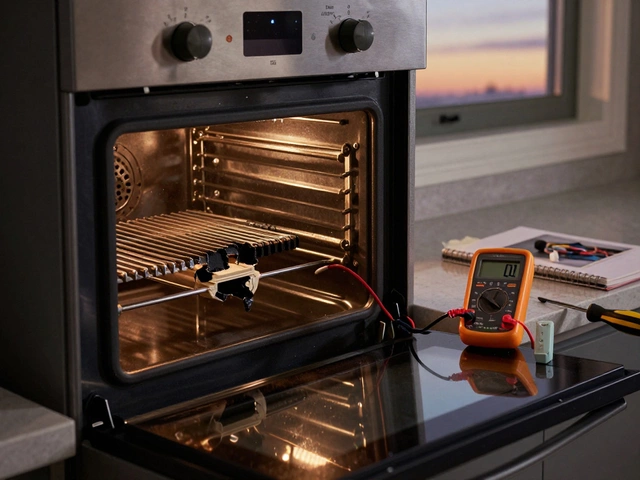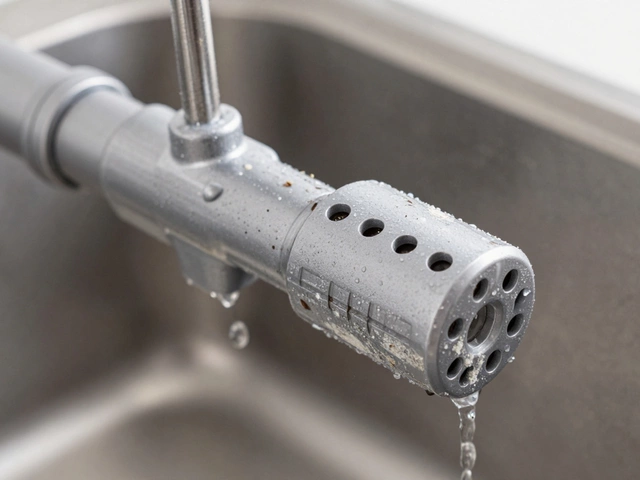Laptop Repair Costs – What You Need to Know
When working with laptop repair costs, the total amount you pay for parts, labor, and diagnostics to restore a faulty laptop. Also known as laptop fix pricing, it helps you decide whether to repair or replace your machine and plan your household budget.
Key Factors That Shape Laptop Repair Costs
Understanding laptop repair, the process of diagnosing and fixing hardware or software issues in a portable computer starts with three main cost drivers: component price, technician skill, and problem complexity. A cracked screen, for example, usually costs more because the display panel is pricey and needs careful handling. Battery replacement tends to be cheaper, but labor time can vary if the model has a sealed unit. Software glitches often involve lower parts cost but may still require a professional’s diagnostic fee.
When you compare repair vs replace, the decision of fixing a laptop instead of buying a new one, the price gap becomes a deciding factor. If the total repair bill approaches 50‑70% of a comparable new laptop, replacement usually offers better long‑term value. However, high‑end or specialized models can make repair the smarter financial choice, especially if the issue is limited to a single component like a faulty keyboard or SSD.
Choosing DIY laptop repair, the practice of fixing a laptop yourself using guides, tools, and replacement parts can slash labor costs dramatically, but it adds risk. Basic tasks like swapping RAM or reinstalling the OS often need only a screwdriver and a steady hand. More involved jobs—soldering a motherboard trace or re‑seating a GPU—require specialized tools and experience, and mistakes can raise the total expense beyond professional rates.
Hiring a professional technician, a skilled service provider who diagnoses and repairs laptops for a fee guarantees correct part fitting, warranty coverage on the repair, and safety compliance. Certified technicians usually charge a diagnostic fee (often £30‑£50) that’s deducted from the final bill if you proceed. Their labor rates range from £40 to £80 per hour, depending on location and expertise. Many shops also offer flat‑rate pricing for common fixes, which helps you avoid surprise charges.
The age of the laptop influences every cost element. Older machines may have scarce parts, driving up component prices, while newer models benefit from mass‑produced components. Additionally, warranty status matters: if the laptop is still under manufacturer warranty, most repairs are free except for accidental damage. Once the warranty expires, you shoulder the full cost, making the repair‑vs‑replace analysis even more critical.
Environmental impact is another hidden factor. Repairing extends a device’s life, reduces electronic waste, and often costs less than buying new. Some repair shops even offer refurbished parts, which lower the price and lessen the environmental footprint.
In summary, laptop repair costs are a blend of parts price, labor rates, device age, and the chosen repair path. Knowing how each factor plays out lets you budget accurately and choose the option that fits your needs.
Below you’ll find a curated collection of articles that break down specific repair scenarios, compare costs for common issues, and give step‑by‑step advice for both DIY enthusiasts and anyone looking to hire a professional. Explore the guides to see exact price ranges, tips for saving money, and clear checklists that help you decide if fixing your laptop is worth it.
Navigating the costs of Best Buy's Geek Squad services for laptop repair can be confusing without the right information. This guide aims to unpack the various factors impacting pricing, from the type of service required to potential membership benefits. We'll explore flat-rate fees, service bundles, and tips for maximizing value. Whether you're dealing with a cracked screen or software woes, understanding these cost variables can help you plan your budget effectively. Get the latest insights to make informed decisions about your tech repair needs.


